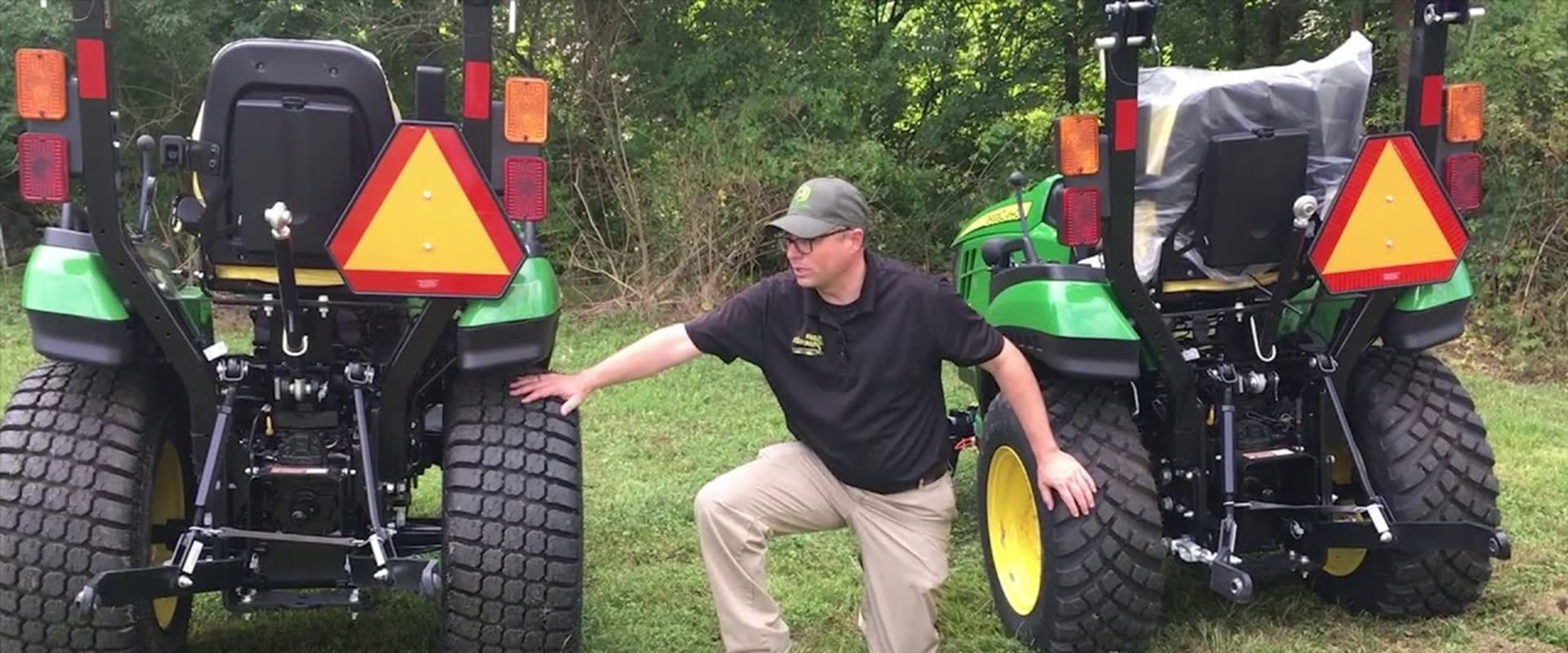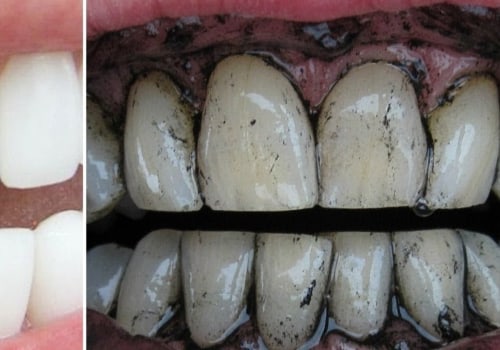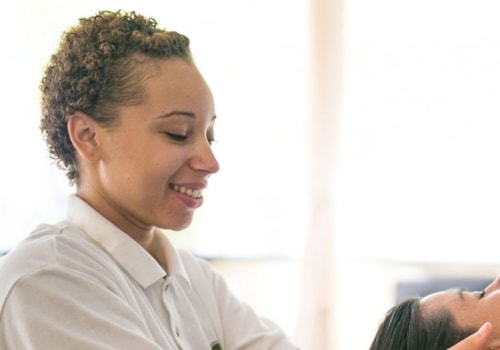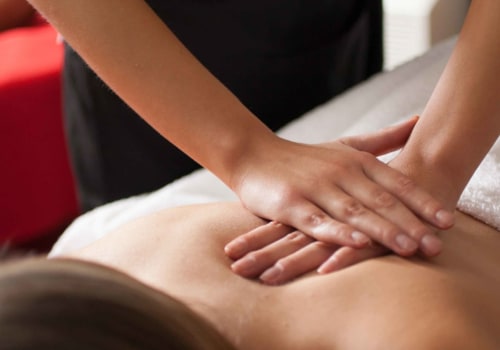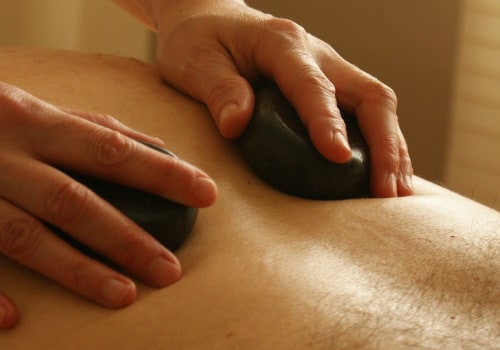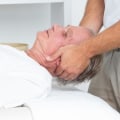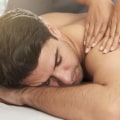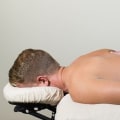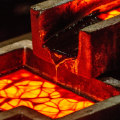Massage therapy is a popular form of relaxation and healing that has been used for centuries. Swedish massage is the most common type of massage therapy, and it involves long, sliding movements to guide blood back to the heart, knead muscles to stimulate blood circulation, and muscle touches to release muscle tension. Petrissage is another popular massage technique that involves kneading, rolling, and twisting tissues with the massage therapist's thumbs and knuckles. This technique is often used in deep tissue massages to release muscle knots.
Other benefits of petrissage include increased blood flow and lymphatic drainage in the area of the body being worked on. Friction is another common massage movement used to loosen muscle knots. The massage therapist will rub both hands with quick movements along the part of the body being worked to generate heat and help the muscles relax and rest. Tapotement involves the masseur gently and rhythmically touching the body with his fists, the side of the hands or the cupped hands.
Vibration involves the massage therapist using the fingertips or the heel of the hand to perform a back-and-forth motion on the skin. It can be done quickly or slowly, depending on your personal preferences and the purpose of the massage. When starting a new career as a massage therapist, it's important to understand and master the most popular techniques, as this is what your clients will look for in a therapist. There are four main techniques that all students must master in order to prepare for success as they begin their career: basic massage, Swedish massage, chair massage, and trigger point massage.
The first thing every student must master is “the basics”. The four basic massage movements are effleurage (light or deep stroking), petriage (kneading), tapotement (soft slaps) and friction. Effleurage is intended for relaxation and tension release. Petrisage, or kneading, helps to separate muscle from bone and relieve muscle spasms.
Tapotement involves gently tapping or cupping the skin with your hand to create an effect similar to that of percussion. Finally, friction is the concentration of pressure at a specific point using very small, focused circular movements to release tension at specific points. Swedish massage was developed in the 19th century by a professor of physiology at Stockholm University named Per Henrik Ling. This technique focuses specifically on anatomy and physiology and how the body's systems work together.
Nowadays, Swedish massage is one of the most popular types of massage in the Western world due to its versatility; it can be light or strong, gentle or vigorous depending on client preferences. The key to a Swedish massage is systematically relaxing muscle groups and helping the body's systems work together for satisfaction and relaxation throughout the body. The techniques used in Swedish massage include effleurage (stroking), rubbing (rubbing), petrissage (kneading) and tapotement (rhythmic stings). As you can see in this image, this shows that the masseuse used her hands with a suction cup movement to apply tapotement to the upper back region.
Understanding these basic concepts and techniques gives you a solid foundation to expand and grow as a professional.
